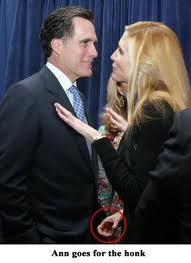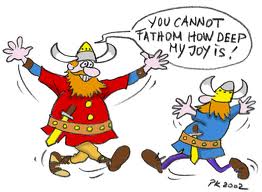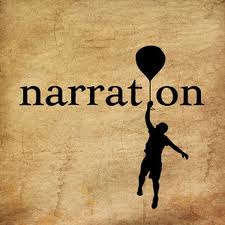 When I was an internal consultant working for Boys & Girls Clubs of America (BGCA), my team was charged with helping local affiliates build their organizational capacity around resource development. In the beginning, there were two sides of our team — annual campaign support and planned giving support. As time passed, our team focused on creating a third vehicle of service — major gifts.
When I was an internal consultant working for Boys & Girls Clubs of America (BGCA), my team was charged with helping local affiliates build their organizational capacity around resource development. In the beginning, there were two sides of our team — annual campaign support and planned giving support. As time passed, our team focused on creating a third vehicle of service — major gifts.
Over the last few years, there have been a number of consultants hired to help develop the pilot project and then ultimately the help with the roll out. Lots of thought went into developing BGCA’s major gifts initiative.
As you can imagine, there is great diversity among local affiliates. Some Clubs are very large and capable, and many others are small and still developing. With this in mind, my former team preferred to develop programs that involved taking simple steps. This approach was the easiest way to ensure all local affiliates regardless of their size and capacity were able to implement any fundraising program.
The following are the 10 steps my team advocated for when teaching others how to secure a major gift:
- Develop your internal case for support and menu of gift opportunities
- Identify top ‘ready to give’ major gift prospects
- Assemble your cultivation team
- Develop confidential personal strategy plan(s)
- Implement specific personal strategy(ies)
- Monitor progress and modify plan(s) as needed
- Ask prospect for permission to develop specific proposal(s)
- Present proposal in person; modify proposal if needed
- Finalize gift when donor is ready
- Thank and recognize donor as appropriate
For those of you who think I’ve given away major trade secrets or violated copyright laws, I assure you that I have not.
Of course, I checked the manual for copyright warnings and there were none. The reason being is that these 10 steps are part of the public domain and are common knowledge. Spend a few minutes on Google and you’ll find any number of bloggers and traditional authors who’ve published similar lists.
When I look at this list, I think of any number of recipes that I might find online or in my mom’s old cookbooks. These 10 items are akin to simple ingredients on a recipe card for a yummy dish.
 Of course, there will likely be a HUGE difference between me making a recipe and the Barefoot Contessa (aka Ina Garten) making the same dish. I suspect there will be huge differences in results between small and large non-profit organizations. In my opinion, here are just a few things that will make a difference:
Of course, there will likely be a HUGE difference between me making a recipe and the Barefoot Contessa (aka Ina Garten) making the same dish. I suspect there will be huge differences in results between small and large non-profit organizations. In my opinion, here are just a few things that will make a difference:
- how well your donors are being stewarded and depth of relationships
- experience of fundraising staff
- experience and relationships of fundraising volunteers
- resource development systems (e.g. donor database or CRM, Moves Management program, etc)
When Claire published her call for submissions for October’s Nonprofit Blog Carival, she asked her fellow bloggers with tongue firmly planted in the side of her Halloween cheek to consider:
“Do you HAUNT prospects through a series of managed ‘moves’? Do you fly in on a BROOMSTICK and just drop in spontaneously? How do you put them under your SPELL?”
I love these questions. Those of you who regularly tune into the DonorDreams blog know how much I talk about stewardship. I honestly think it is the key to developing relationships and cultivating major gift donors down the road. The following are just a few of my favorite stewardship focused posts over the years:
- What is your non-profit agency’s year-end stewardship strategy?
- Gobble Gobble . . . Pass the stewardship please?
- Uh-Oh” “The only time I ever see you is when you’re asking me for a donation”
Does your organization use a similar major gifts “recipe” as the one I shared from my former employer? If so, what steps do you think are the most important? Do you find particular cultivation and stewardship strategies more effective than others? Please scroll down and share your thoughts and experiences in the comment box below. We can all learn from each other.
Here’s to your health!
Erik Anderson
Founder & President, The Healthy Non-Profit LLC
www.thehealthynonprofit.com
erik@thehealthynonprofit.com
http://twitter.com/#!/eanderson847
http://www.facebook.com/eanderson847
http://www.linkedin.com/in/erikanderson847









